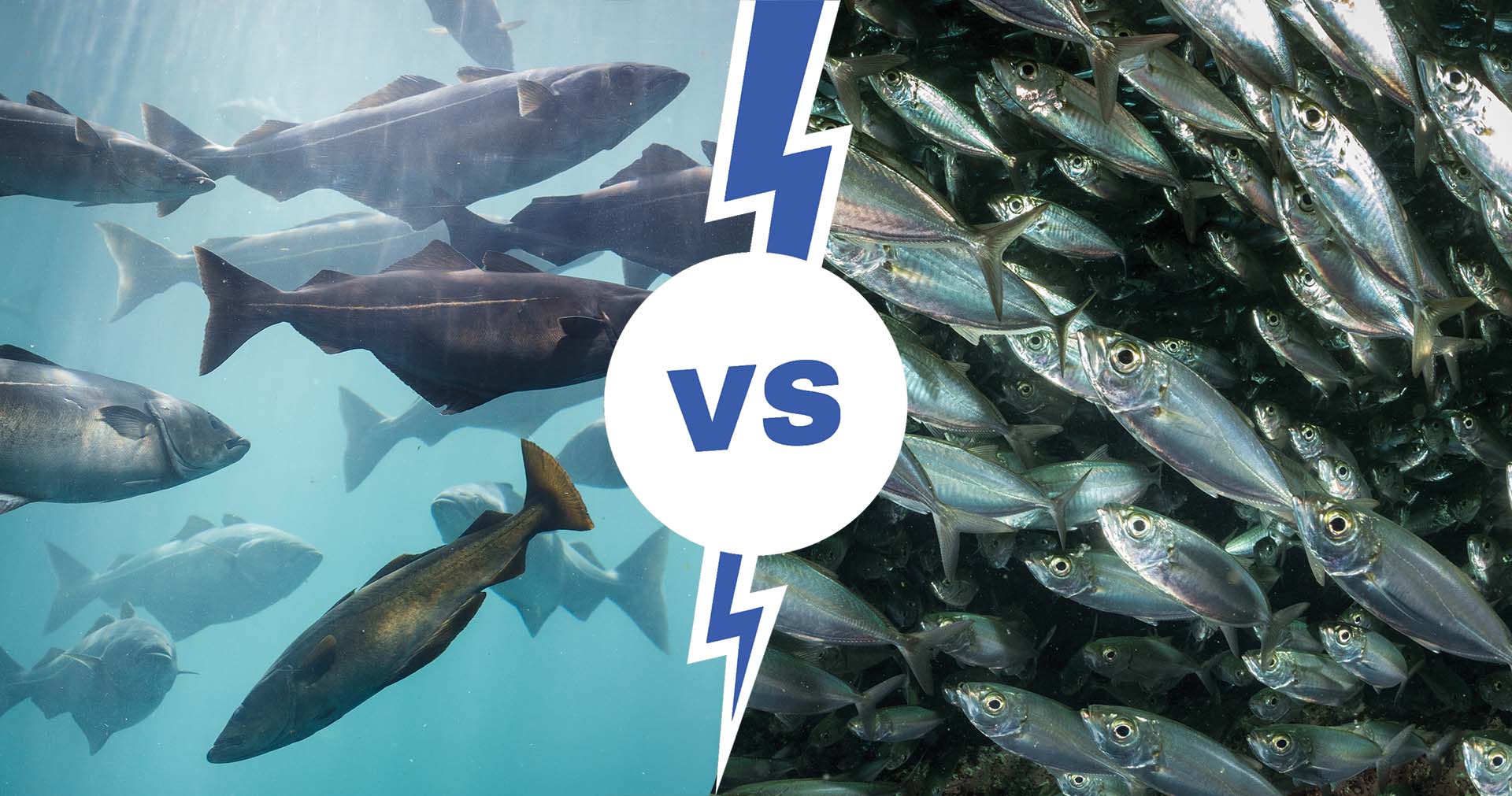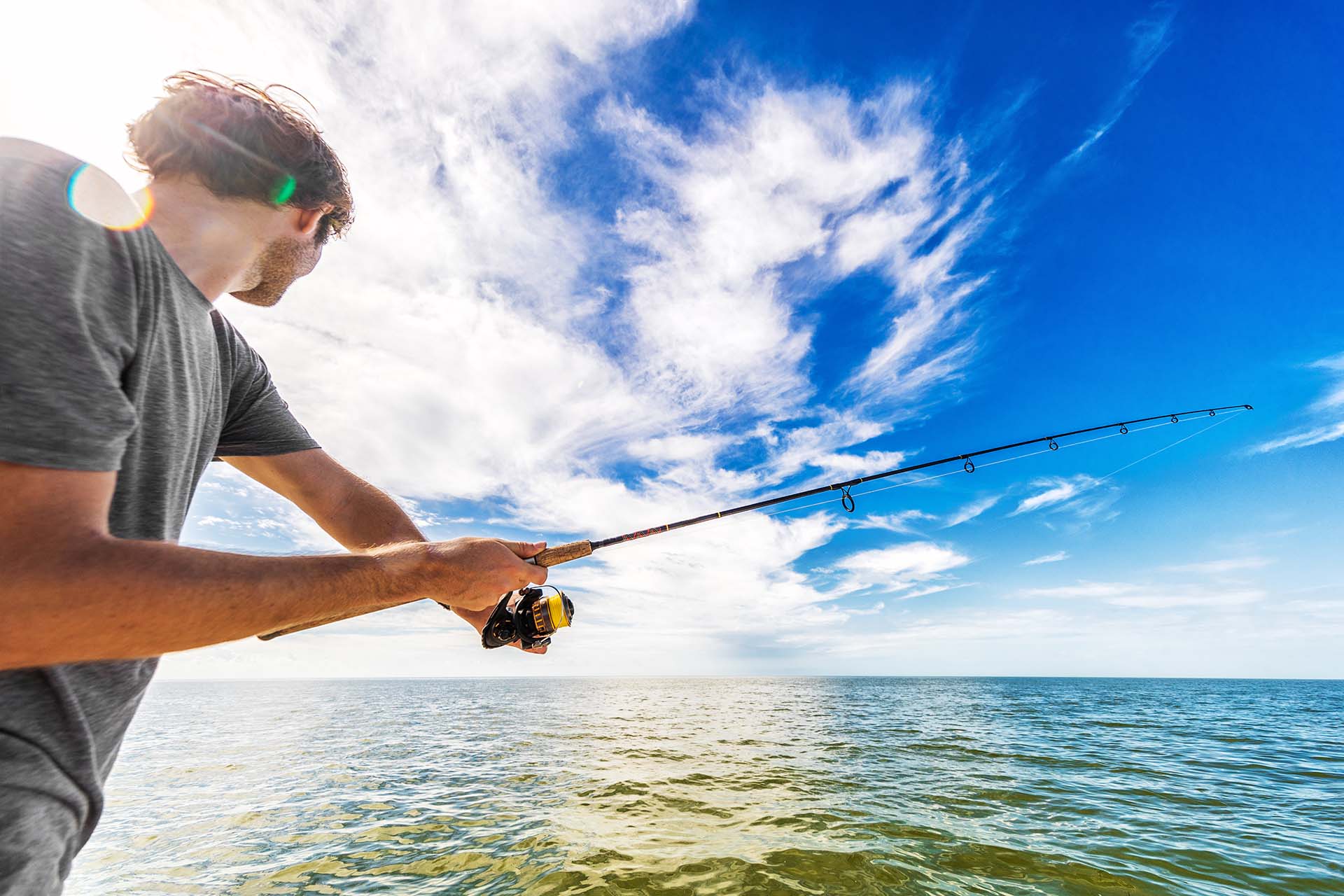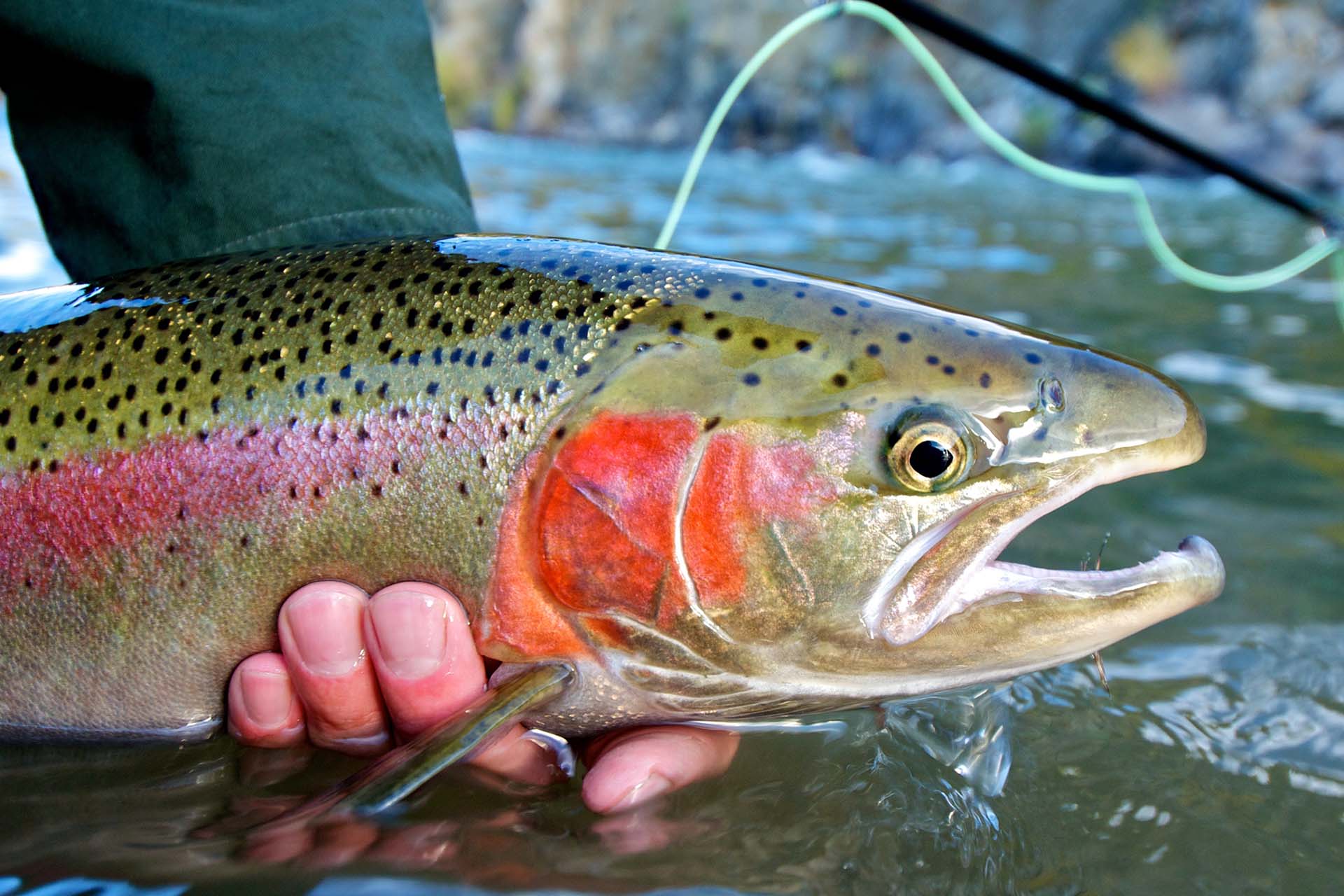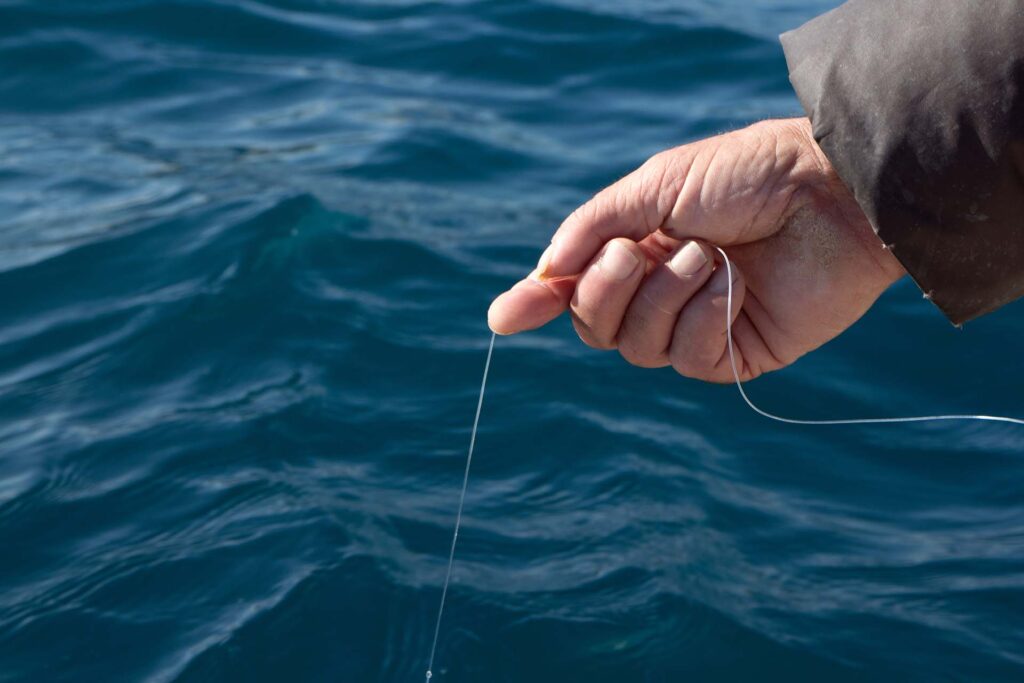Salmon is one of the most sought-after fish in the world. It’s a true treat for fishermen, with millions of tons caught each year. There are many different types, but when it comes to saltwater fishing, it comes down to Atlantic vs. sockeye salmon. So, here is everything you need to know about the two fantastic species.
Let’s Start By Comparing The Physical Characteristics of Atlantic vs. Sockeye Salmon
You might think that two types of the same species would be difficult to tell apart. But the distinction couldn’t be easier when it comes to these two authentic types. Even though Atlantic and sockeye are types of salmon, they are very easily recognizable thanks to their unique looks and features. So, let’s see what sockeye vs. Atlantic salmon characteristics look like and what makes them stand out.
Here Is How to Recognize an Atlantic Salmon
The famous Atlantic salmon (Salmo salar) is one of the most recognizable and sought-after types of salmon. It has a streamlined body shape that provides them with the agility needed for swift swimming in the depths of the ocean. Typically, Atlantic salmon can grow to considerable sizes, with mature adults ranging from 20 to 30 inches in length. Weighing between 5 to 15 pounds, though exceptional individuals have been recorded exceeding 40 pounds.
One of the most striking features of the Atlantic salmon is its vibrant coloration. When in saltwater, they have a silver-blue hue on their backs that transitions to a silvery-white belly. However, as they enter freshwater for spawning, their coloration transforms into a breathtaking array of reddish-brown to dark brown with black spots scattered across their body. These spots are one of the identifying characteristics of this type, differentiating them from other salmon species.
Additionally, Atlantic salmon possess a distinct adipose fin, a small, fleshy fin located between the dorsal fin and the tail fin. Their scales are relatively small and tightly adhered to their skin, providing a smooth and shimmering appearance. These distinct features collectively contribute to the Atlantic salmon’s allure and make it an iconic symbol of both the angling and culinary worlds.
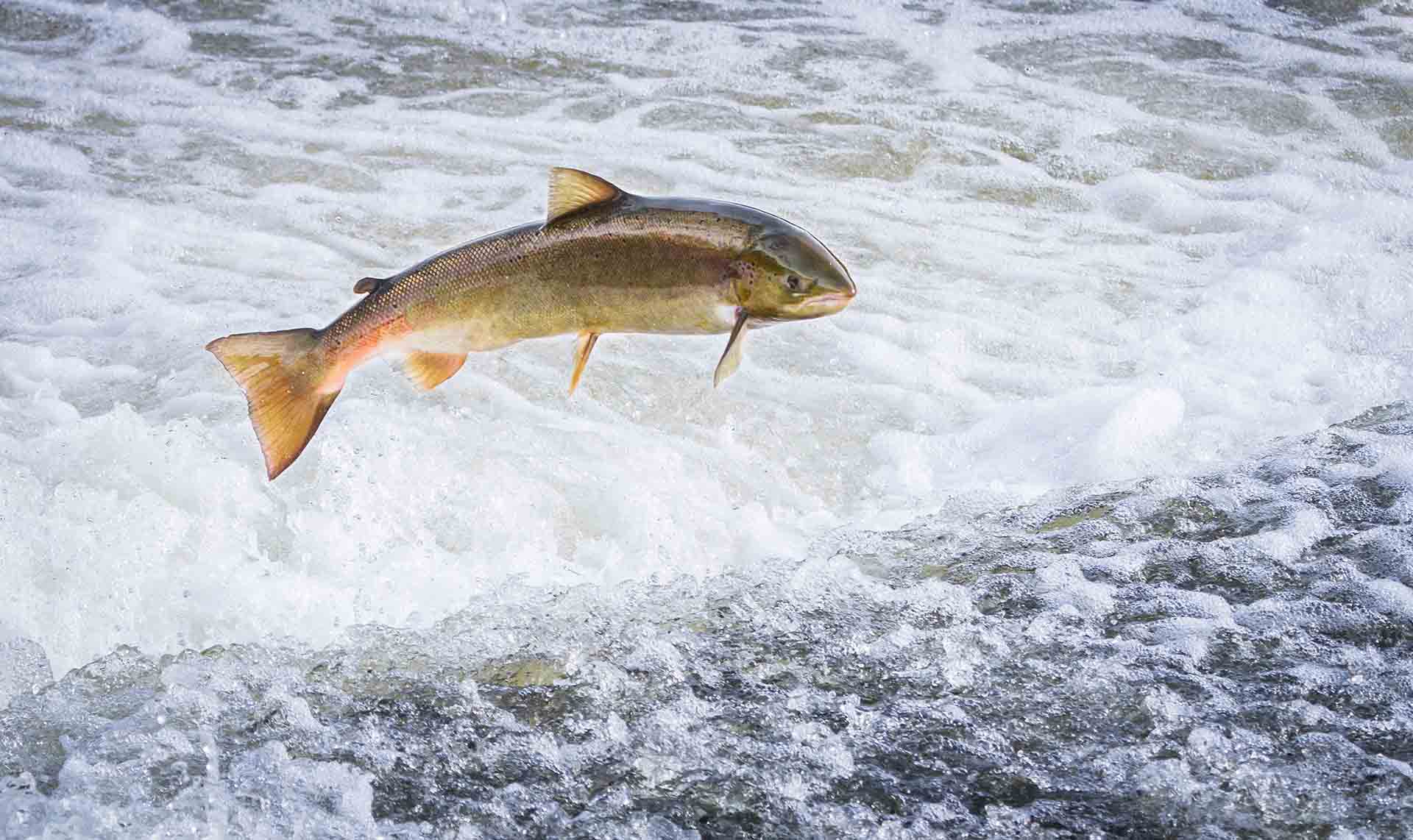
A Sockeye Salmon Is Very Distinctive and Easily Recognizable
The Sockeye salmon (Oncorhynchus nerka) stands out with its unique and captivating appearance, and it’s one of the most easily recognizable species. These fish possess a streamlined body shape, characterized by a slender, torpedo-like form built for the rigors of long migrations from the ocean to their spawning grounds.
Generally, Sockeye salmon measure between 18 and 31 inches in length and typically weigh around 4 to 15 pounds, although some exceptional individuals can reach larger sizes. One of the most remarkable features is its striking coloration.
During their oceanic phase, these fish are bright silver with a hint of blue along the back. However, as they enter freshwater to spawn, their bodies undergo a dramatic transformation. The males develop a vibrant crimson hue with a green head, while the females take on a more subdued red or orange color.
Another distinctive feature of the Sockeye salmon is their lack of large spots. Unlike other salmon species, they typically have few, if any spots on their body. However, they possess a dorsal fin with a prominent black edge and a robust tail fin that is deeply forked. These unique characteristics, combined with their stunning color change during spawning, make the Sockeye salmon a truly remarkable and easily recognizable species in the world of salmon.
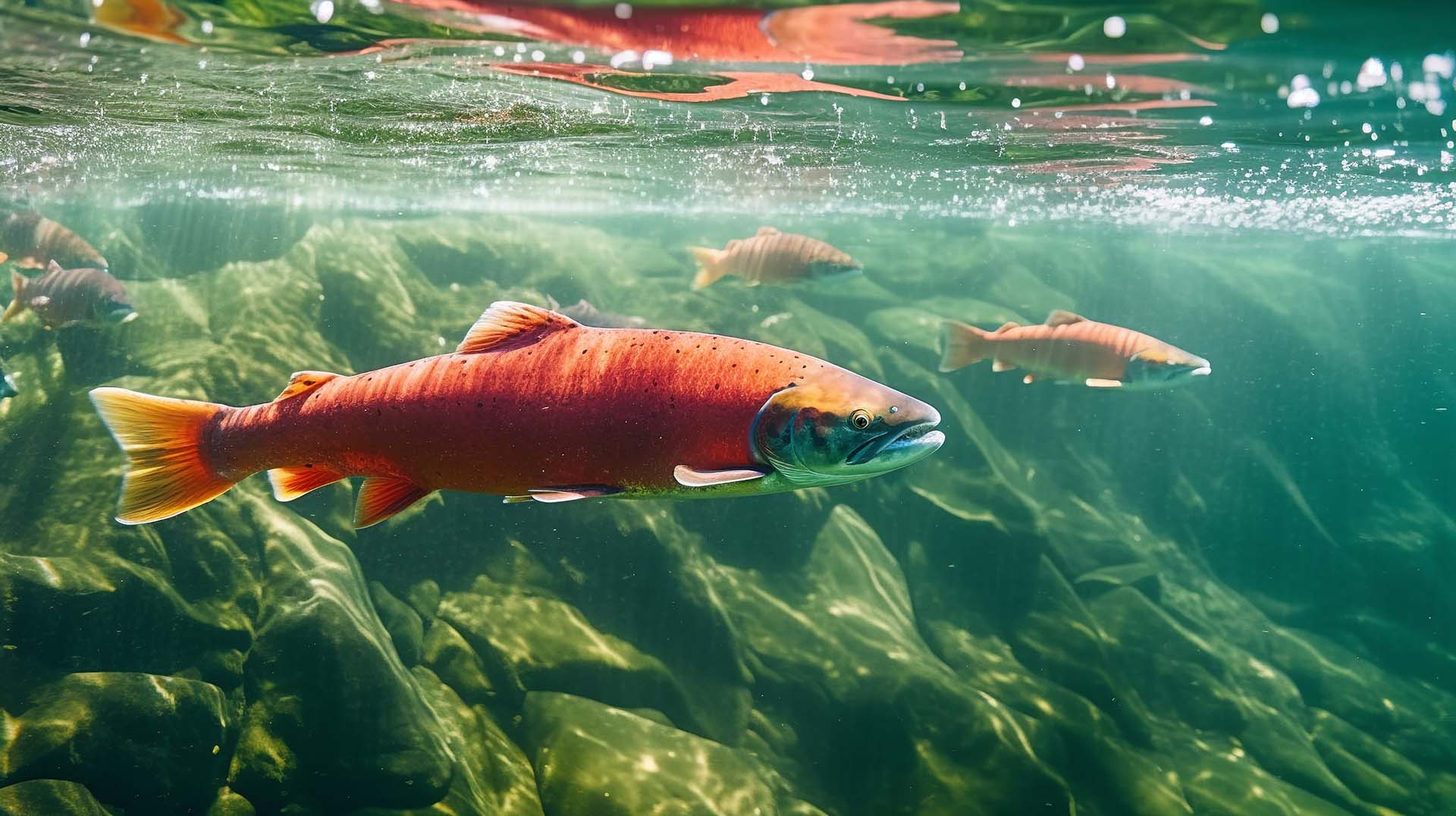
Atlantic Salmon vs Sockeye Salmon – Same Species, But Entirely Different
The first thing that comes to mind when comparing Sockeye salmon vs. Atlantic salmon is – how could they possibly be the same species? These two fish look nothing alike. The only similarity they share is their streamlined body shape, which helps them navigate the ocean’s deep waters. One type has spots. The other doesn’t. Here’s a detailed side-by-side comparison to help you compare the two species.
| Trait | Atlantic Salmon (Salmo salar) | Sockeye Salmon (Oncorhynchus nerka) |
|---|---|---|
| Body Shape | Sleek and torpedo-shaped | Sleek and torpedo-shaped |
| Size | 20 to 30 inches, 5 to 15 pounds | 18 to 31 inches, 4 to 15 pounds |
| Ocean Coloration | Silver-blue with hints of blue | Bright silver with a hint of blue |
| Spawning Coloration | Reddish-brown with black spots | Vibrant crimson (males), red (females) |
| Scales | Small and tightly adhered | Small scales |
| Fins | Adipose fin present | Prominent dorsal fin with black edge and deeply forked tail fin |
| Unique Features | Color transformation during spawning, adipose fin | Striking red spawning coloration, lack of prominent spots |
Where Can They Be Found?
When searching for a specific type of fish, learning about its habitat is the most important factor. All the professional fishing gear and the best techniques in the world won’t help you if you’re in the wrong place. So, let’s check out the habitats of these two salmon types.
Preferred Habitats of Atlantic Salmon
Salmon are an incredibly special and unique species known for their interesting lifecycle. They are an anadromous species, meaning they can go from saltwater to freshwater as they please. The life cycle starts in freshwater – spawning grounds for this species. A place where they spend a few months of their lives in the juvenile stage. They will typically look for cold, clear, and well-oxygenated rivers and streams.
When Atlantic salmon reach a certain size and age (usually 2-4 years old), they undergo a physiological transformation called smoltification. During this stage, they develop adaptations to live in saltwater. They migrate downstream to coastal areas and acclimate to the increasing salinity. These transitional habitats provide a mix of fresh and saltwater, which is essential for the smolts as they prepare for ocean life.
Once in the ocean, Atlantic salmon prefer cold, nutrient-rich waters of the North Atlantic Ocean. They can be found along the coasts of North America, Greenland, and Europe. These regions offer a diverse diet, including small fish, shrimp, and other marine organisms. Atlantic salmon may travel vast distances during their oceanic phase, taking advantage of ocean currents and temperature gradients.
When it’s time to spawn, adult Atlantic salmon navigate their way back to their natal rivers. They often overcome significant obstacles, such as waterfalls and dams, to reach their spawning grounds. Their strong homing instincts enable them to return to the same rivers where they were born. After spawning, most Atlantic salmon die, and their carcasses contribute vital nutrients to the freshwater ecosystem.
Here’s Where Sockeye Salmon Can Be Found
Just like its cousin, the Sockeye salmon is also anadromous, and their life cycle includes periods as both freshwater and saltwater fish. Their life starts in freshwater, and they typically spawn in the headwaters of cold, clear, and pristine rivers and streams. Sockeye salmon are known for their remarkable homing instincts, returning to the exact location where they were hatched.
They prefer gravel-bottomed streams and lakes for spawning, where they spend their juvenile stages of life before they undergo smoltification and head downstream, where saltwater and freshwater meet. Afterward, they head off to the ocean, where they spend most of their adult life.
They are known for their long migrations and can travel vast distances in the North Pacific Ocean, feeding on a diet that includes small fish, plankton, and other marine organisms. They prefer colder, nutrient-rich waters along the coasts of North America and Asia. Once they reach a certain age, they return to their spawning grounds, where they spawn and die.
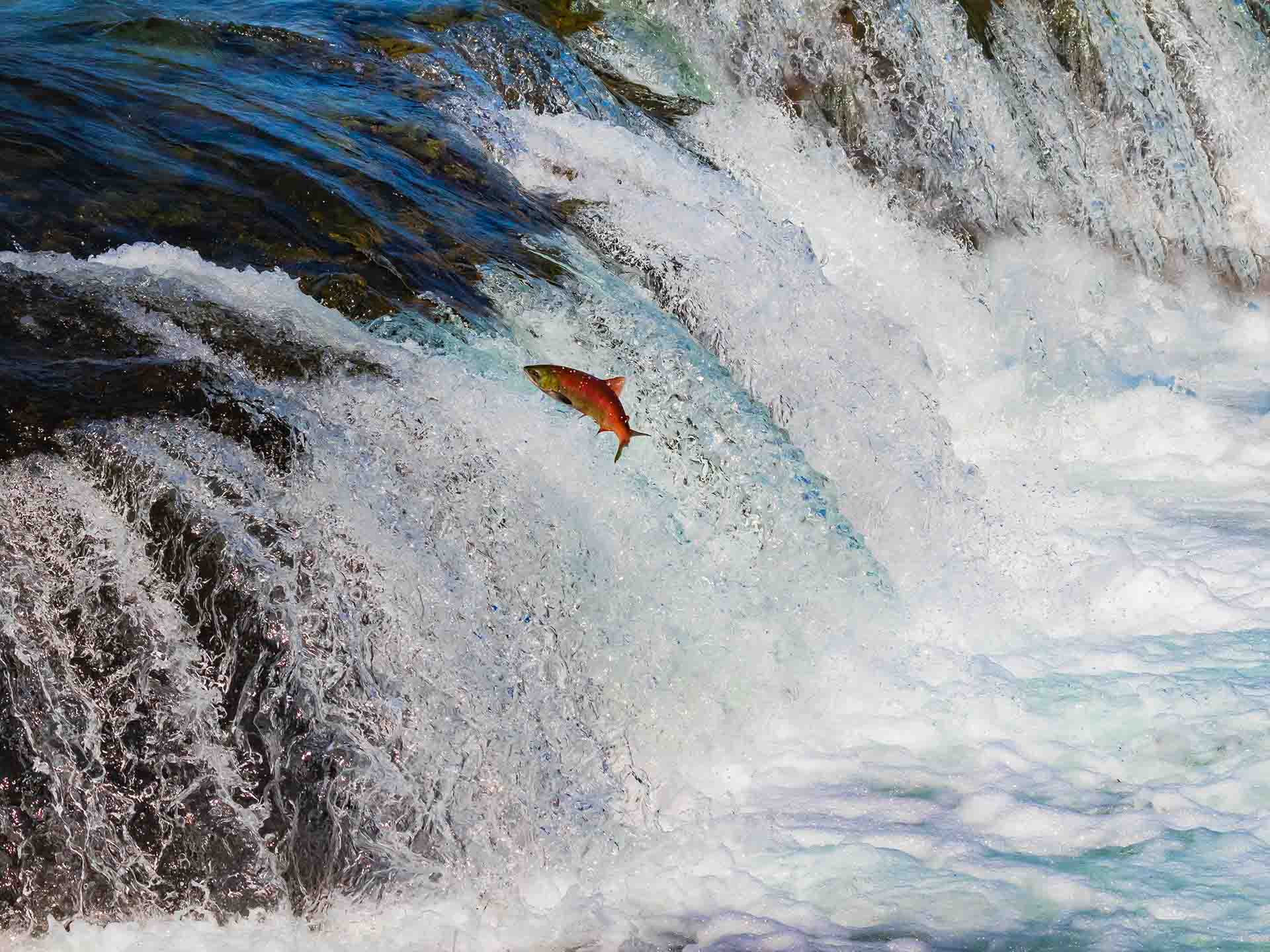
Learn Their Feeding Habits If You Want a Successful Catch
A prerequisite for a successful day of fishing is knowing a couple of things about your target – for starters, their feeding habits. Once you know where and when to look for them and what to lure them with, they will practically be jumping on your fishing boat by themselves. So, let’s check out the feeding habits for these two types of salmon.
Atlantic Salmon Has a Diverse Diet
Atlantic salmon exhibit diverse feeding habits throughout their life cycle, which is influenced by their life stage and location. During their juvenile stage, known as fry and parr, they primarily feed on aquatic insects and small invertebrates found in their freshwater habitats. They are opportunistic feeders, consuming mayflies, caddisflies, stoneflies, and various aquatic larvae.
As they transition to the ocean, smolt-sized Atlantic salmon shift their diet to marine organisms like small fish, crustaceans, and zooplankton. In the ocean, adult Atlantic salmon become voracious predators, feeding on prey such as herring, capelin, sand lance, squid, and other fish and invertebrates.
When returning to freshwater for spawning, their feeding activity decreases, and they often rely on stored energy reserves for their upstream journey. To catch Atlantic salmon, anglers use a variety of baits and lures that mimic the prevalent prey items in their specific habitat, whether it be aquatic insects, baitfish, or other marine organisms. The most common baits used are artificial, flies, and live and natural lures.
The Sockeye Salmon Has a Similar Diet
Even though their appearance is quite different, their feeding habits show that these two types of fish come from the same species. Just like the Atlantic salmon, Sockeye salmon has a diverse diet. In their juvenile stage, they also feed on aquatic insects and small invertebrates. As adults, they are excellent hunters looking for prey, including herring, capelin, squid, and other marine creatures. As they return to freshwater for spawning, their feeding activity decreases, and they often rely on stored energy reserves.
For anglers targeting Atlantic salmon, the choice of fishing baits and lures can vary depending on the specific habitat and conditions. Common options include artificial lures like spoons and spinners, flies such as wet and dry flies, live bait such as worms or minnows, and even natural baits like smelt or herring, depending on local regulations and preferences.
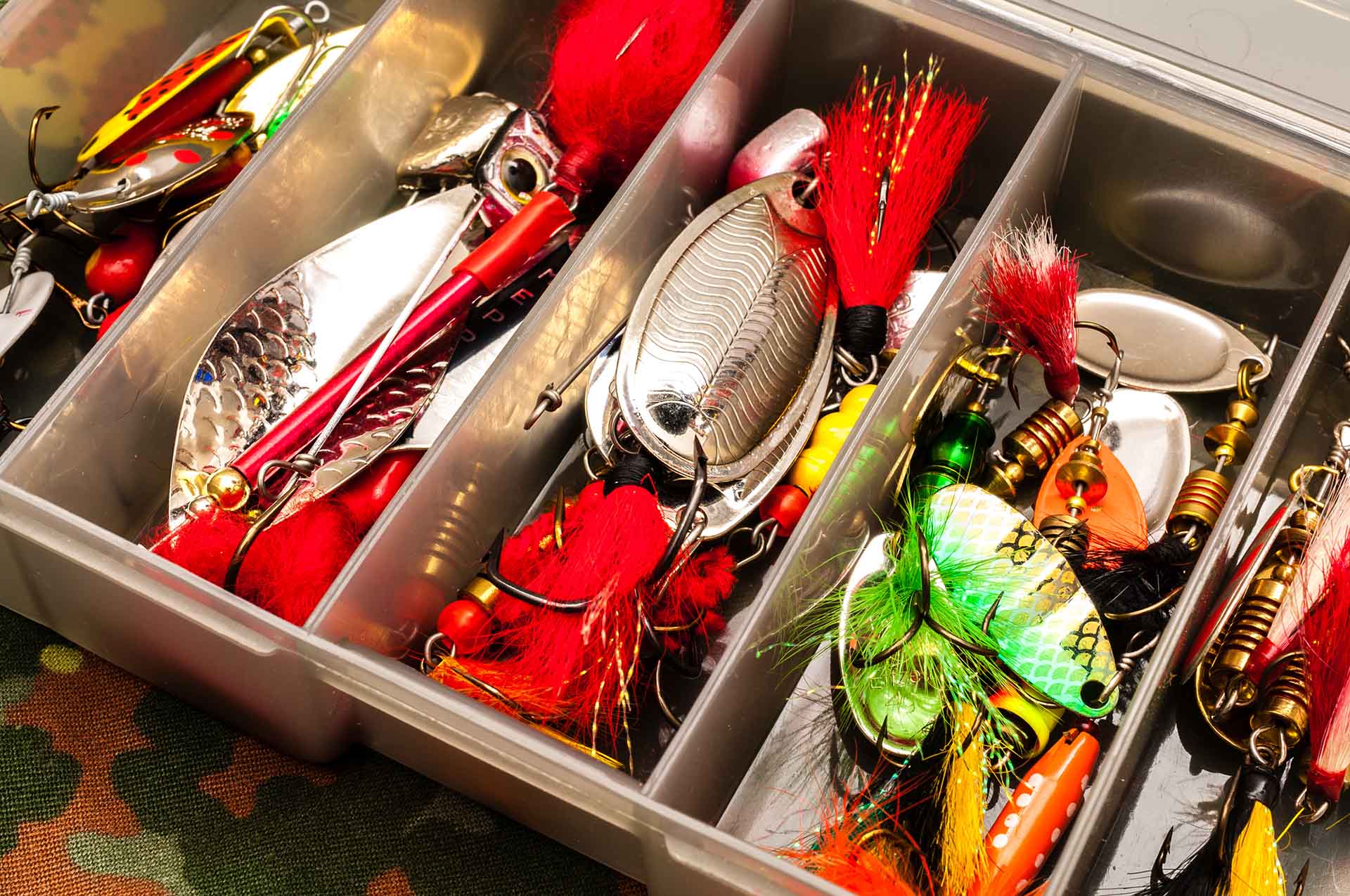
Make Sure You Have Everything You Need for Fishing
Besides proper technique, all good fishermen know that the right equipment is even more important. So, let’s check out everything you need for a successful fishing trip for Atlantic and Sockeye salmon.
Atlantic Salmon Requires the Right Technique and Equipment
Catching Atlantic salmon requires specialized fishing equipment and techniques tailored to their specific habitat and behavior. Anglers typically use medium to heavy-action rods, reels with smooth drags, strong fishing lines, and sharp hooks. A variety of lures and baits, such as spoons, spinners, plugs, flies, worms, and minnows, are employed.
Fishing techniques include fly fishing with specialized salmon flies, casting, trolling, bottom fishing, drift fishing, float fishing, and jigging, each suited to different environments and conditions. Local knowledge of fishing regulations and the habits of Atlantic salmon is crucial.
Sockeye Salmon Doesn’t Require Special Equipment, Just the Right Baits
When catching Sockeye salmon, anglers typically employ medium to heavy-action rods, reels with smooth drags, strong lines, and sharp hooks. A variety of lures and baits, including spinners, spoons, flies, and natural options like salmon eggs or herring, are chosen based on location and conditions. Techniques encompass fly fishing, casting, trolling, drift fishing, bottom fishing, and jigging, each suited to different environments.

Atlantic and Sockeye Salmon Are a Treat to Prepare and Eat
Atlantic and Sockeye salmon offer distinct culinary experiences due to their unique flavor profiles and textures. Atlantic salmon, with its milder taste and tender, buttery flesh that melts in your mouth, lends itself well to a wide range of cooking methods. Grilling, baking, poaching, and pan-searing are popular choices that highlight its delicate flavor. Common preparations include herb-crusted filets, citrus-infused salmon, or simply seasoned with salt and pepper.
In contrast, Sockeye salmon boasts a richer, more pronounced flavor, often described as bold and robust. Its vibrant red flesh and firm texture make it a favorite for grilling or broiling to intensify its taste. Cedar plank grilling with a maple glaze or a simple lemon-butter sauce complements its distinctive flavor. Both salmon varieties are versatile and can be used in sushi, sashimi, salads, or hearty main courses, providing a delightful canvas for a wide array of culinary creations.

Who Should Be the Star of Your Next Fishing Trip – Atlantic vs Sockeye Salmon?
If you’re planning on going on a trip on your fishing boat out into the open ocean, you should definitely try to catch one of these marvelous fish. They are both respected and loved by fishermen, and they will both make a great catch. However, if you go fishing in freshwater in a cold stream during the spawning season, don’t go home until you catch a sockeye salmon. It’s quite a special catch.

